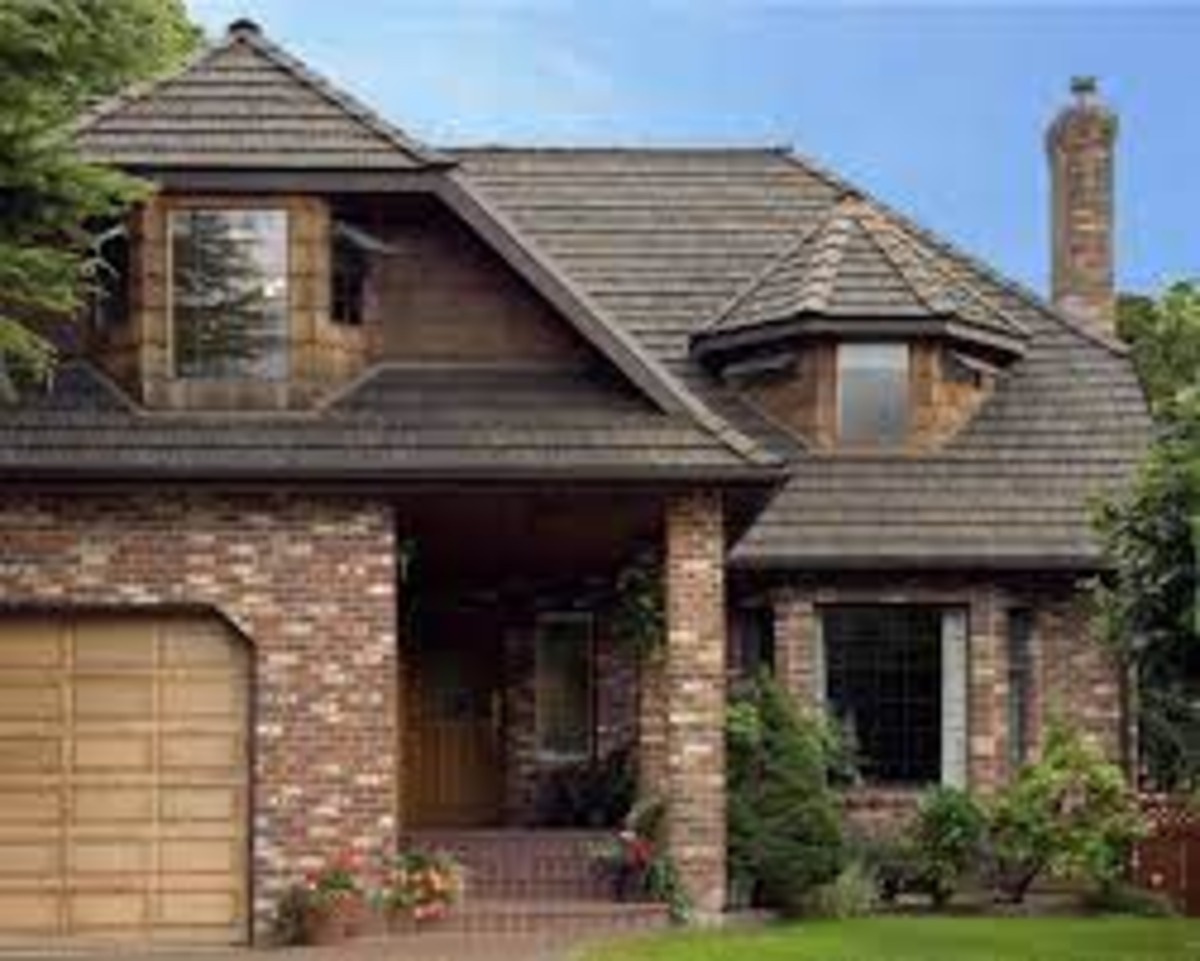Every day, the roof of your home shields you from the elements quietly and protectively. Whether it's the relentless sun, torrential rains, or heavy snowfall, your roof stands as the first line of defense, ensuring the safety and comfort of everything beneath it. But how long does a roof last, and how do you know when it's time for a replacement?
In this comprehensive, we delve into the intricate world of roofing longevity, exploring the lifespans of common roofing materials and unraveling the subtle signs that indicate your roof might be due for a replacement. From the classic asphalt shingles to the timeless elegance of slate roofing, each material has its own story to tell, and understanding the nuances can empower homeowners to make informed decisions about their most essential protective covering.
Navigate through the intricacies of roof durability and unveil the crucial signs that may signal it's time to bid farewell to your old roof. Whether you're a homeowner looking to safeguard your investment or simply curious about the lifespan of the roof over your head, this guide aims to provide valuable insights into the world above, where longevity meets the ever-changing dance of weather and time.
Common Roofing Materials and Lifespan
The choice of roofing material plays a pivotal role in determining the lifespan and overall durability of your roof. Each material brings its own set of characteristics, influencing how well it withstands the test of time and nature. Let's explore the lifespans and considerations for some common roofing materials:
Asphalt Shingles
Lifespan: Typically, asphalt shingles have a lifespan ranging from 20 to 30 years. This popular roofing choice is known for its affordability and ease of installation.
Factors Influencing Lifespan:
- Climate Conditions: Harsh weather, such as extreme heat or frequent storms, can impact asphalt shingles.
- Maintenance: Regular inspections and timely repairs can extend the life of asphalt shingles.
Signs of Wear and Tear:
Curling or buckling shingles.
Missing granules.
Cracked or blistered shingles.
Wood Shingles/Shakes
Lifespan: Wood shingles and shakes generally last between 20 to 40 years. Their natural aesthetic appeal is favored by many homeowners.
Maintenance Considerations:
Mold and Moss: Regular cleaning to prevent mold and moss growth.
Splitting or Decay: Addressing issues promptly to prevent further deterioration.
Indicators for Replacement:
Decaying or splitting.
Mold or moss growth.
Shrinkage or warping.
Metal Roofing
Lifespan: Metal roofing boasts a longer lifespan, ranging from 40 to 70 years. Its durability and energy efficiency make it a popular choice.
Factors Affecting Durability:
Coating Maintenance: Regular checks for rust and corrosion, maintaining protective coatings.
Installation Quality: Proper installation is crucial for the longevity of metal roofing.
Warning Signs for Replacement:
Rust or corrosion.
Loose or damaged panels.
Fading or chalking of paint.
Tile Roofing
Lifespan: Tile roofing can last between 50 to 100 years or even longer. Its durability and distinctive appearance make it a premium choice.
Maintenance Tips:
Seam Inspection: Regularly check for cracked or broken tiles, especially after storms.
Underlayment Maintenance: Ensure the underlayment is in good condition.
Signs That Replacement May Be Needed:
Cracked or broken tiles.
Dislodged tiles, especially after storms.
Leaks or water stains.
Slate Roofing
Lifespan: Slate roofing is renowned for its impressive lifespan, often exceeding 75 to 100 years or more.
Unique Considerations for Maintenance:
Regular Inspections: Due to its longevity, regular inspections are essential to catch issues early.
Structural Integrity: Monitor for any signs of structural issues.
Warning Signs for Replacement:
Cracked or broken slates.
Leaks or water infiltration.
Failing flashing.
Understanding the lifespan and maintenance requirements of your chosen roofing material is key to ensuring the enduring protection of your home. In the next sections, we'll delve into the general signs that suggest your roof may be due for a replacement.
General Signs Your Roof Needs Replacement
As the stalwart shield above your home, a roof's condition directly impacts your comfort and property's integrity. Recognizing signs that indicate the need for a replacement is crucial. Firstly, consider the age of your roof; if it approaches or surpasses its expected lifespan, replacement should be contemplated. Persistent leaks, visible damage such as sagging or wear, and the presence of mold or rot are ominous signs.
Increasing energy bills may signal compromised insulation, emphasizing the importance of prompt action. Granule loss in asphalt shingles further indicates deterioration. If you observe these indicators, consulting with roofing professionals becomes imperative to address issues and ensure the ongoing protection of your cherished abode.
Importance of Regular Roof Inspections
Regular roof inspections are the proactive guardianship your home deserves. By scheduling routine assessments, you can detect potential issues before they escalate, ensuring the longevity of your roof. Frequency matters; catch minor damages early to prevent costly repairs. Whether identifying loose shingles, checking for leaks, or assessing structural integrity, these inspections are your first line of defense against unexpected problems. DIY inspections coupled with professional assessments safeguard against unseen threats, offering peace of mind. In the realm of roofing, prevention through regular scrutiny is not merely prudent; it's the key to preserving the structural integrity and longevity of your home.
Extending the Lifespan of Your Roof
Prolonging the life of your roof involves a combination of strategic choices and proactive maintenance. Begin with a solid foundation through proper installation, ensuring materials align with your climate. Regular inspections are paramount; catch minor issues early to prevent major headaches. Addressing repairs promptly, from fixing loose shingles to sealing leaks, safeguards against cumulative damage. Upgrade insulation and ventilation for improved energy efficiency, reducing strain on your roof. Implementing a robust maintenance routine, which includes clearing debris and attending to gutters, enhances your roof's resilience against the elements. Recognize the role of your roof as a shield; by being attentive to its needs, you not only extend its lifespan but also fortify the protection it provides to your cherished home, creating a foundation for enduring comfort and security.
End of the Article
In the delicate dance between time and weather, your roof stands as a steadfast guardian. Understanding its lifespan and recognizing signs for replacement empower homeowners. Regular inspections and proactive maintenance are the keys to a resilient roof. Safeguard your home, and let your roof continue its vital role for years to come.


No comments yet